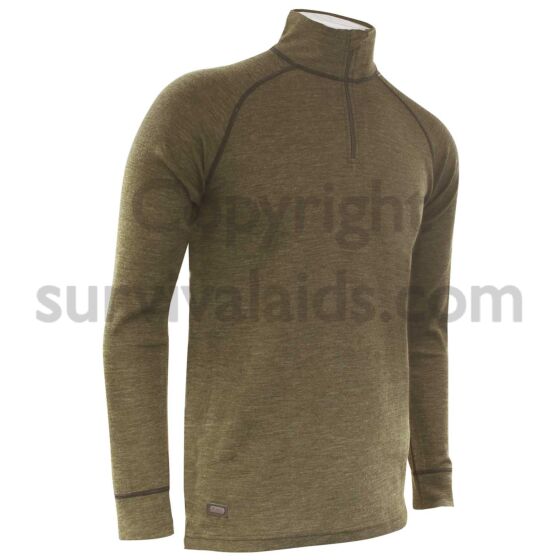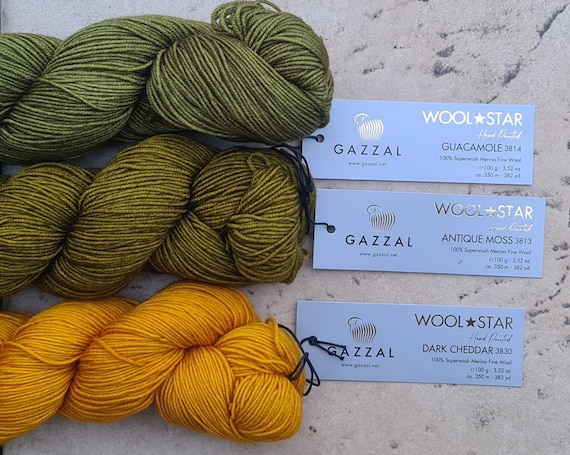What Are The Benefits Of Base Layers Made From Yak For Winter Sports Clothing?
Yak merino Wool base layers are extremely effective as winter sports clothing, not just because of their performance benefits but also due to their fiber-based benefits as natural as well as sustainability in the environmental sphere. Biodegradable and renewable-
Both Merino fleece and yak wool are made of natural fibers derived from animals. They are both renewable resources that can be harvested sustainably without harming the animals. They are biodegradable, which means they are able to are broken down naturally and without causing environmental harm.
Low environmental impact
Natural fibers' production generally has a less environmental impact compared to synthetic materials. Wool cultivation and harvesting involves lesser chemical processing, and is not dependent on non-renewable resources as in comparison to synthetic fibers.
Energy Efficiency
The process of processing wool fibers consumes less energy than the production or synthetic fibers like nylon and polyester. The energy required during the process of manufacturing natural wool is generally lower, contributing to reduced carbon emissions.
Minimized microplastic pollution
Natural wool fibers do not contribute to the microplastic pollution of waterbodies like synthetic fibers.
Recyclability and longevity
Yak merino clothing can last many years, and are incredibly durable. The wool fibers are also able to be recycled and reused. This helps reduce consumption and also the impact on the environment.
Sustainability Practices
Some producers and wool producers follow ethical and sustainable practices. They are careful to ensure the health and welfare of their animals, good land management and fair work conditions for their employees.
Environmental Certification-
To assure consumers of the quality of wool produced is a certification such as the Responsible Textile Standard (GOTS), or the Global Organic Textile Standard.
Base layers made from yak merino are typically eco-friendly since they are sourced from renewable and natural sources. They also have little environmental impact when they are produced and use ethical and sustainable supply chains. Natural fibers, such as yak wool merino, are a fantastic option for winter sports clothing that promotes responsible consumption and eco-friendly practices. Follow the most popular merino wool base layers advice for site recommendations including ski base layer pants, merino wool ski base layer, ski underlayers, merino wool long underwear mens, smartwool thermals, ll bean merino wool base layer, skiing mid layers, smartwool quarter zip, smartwool 250 women's, smartwool 1 4 zip womens and more.

What Are Some Of The Advantages Bamboo Clothing Can Provide In Terms Of Thermal Regulation And Uv Protection?
Thermal Regulation-
Bamboo fabric is a great insulation material. It has natural thermal regulation capabilities. This fabric provides warmth and comfort in cold conditions while still remaining air-conditioned. It regulates body temperature by holding heat when temperatures are cooler and allowing for ventilation to keep you cool while working out.
UV Protection
UV Resistance - Bamboo fabric provides natural protection against harmful ultra violet radiation. It is able to block the majority of ultraviolet sunlight's rays. This provides an extra layer of protection when wearing it outside.
Biodegradability-
The bamboo clothing is biodegradable which means it is able to break into pieces naturally at the end of its life cycle without leaving harmful residues or contributing to the pollution of the environment. This helps reduce waste and the environmental impact of clothes that are to be discarded.
Environmental Impact-
Sustainable Bamboo- Bamboo is highly eco-friendly as a material for raw materials. It grows rapidly and abundantly without the need for pesticides or chemical fertilizers, thus reducing the impact on the environment of cultivation. Rapid expansion makes it a sustainable resource.
Bamboo is a water-wise crop that has a lower requirements compared to cotton or other crops. Bamboo is thus more efficient in terms of water use. This aspect helps to conserve water and reduces the strain on the resources.
Soil Conservation
Soil Health - Bamboo cultivation typically does not deplete soil nutrients or require a lot of irrigation, which contributes to better soil conditions and making it less necessary to use destructive agriculture practices.
Carbon Sequestration
Bamboo's carbon absorption capacity is high. Bamboo plants are able to absorb more carbon dioxide than other species and also release more oxygen in the air. This ability helps reduce carbon emissions and fight climate change.
Bamboo clothing's benefits include its thermal regulation in addition to UV protection and biodegradability. It is an excellent option for those looking for clothing that is sustainable. These characteristics are compatible with green practices, bringing benefits to both the wearer as well as the environment. Have a look at the best more help for bamboo clothing for site examples including bamboo clothing underwear, ladies bamboo t shirts, bamboo maternity, bamboo hawaiian shirts, bamboo fishing shirts, bamboo cotton t shirts, bamboo dress shirt, mens bamboo clothing, bamboo mens shirts, bamboo sportswear and more.

How Do Bamboo And Merino Clothing Compare To Wool In Terms Of Texture, Warmth And Moisture Absorption?
In comparing merino wool bamboo clothing, and traditional wool on the basis of warmth, texture, and moisture absorption - Texture-
Merino Wool Merino Wool is made of finer fibers and is softer than wool that is more traditional. It is generally considered to be more gentle on the skin.
Clothing made from Bamboo- It's a silky, smooth fabric that is often compared to cashmere and silk. Bamboo has a soft and soft feel that makes it easy to wear.
Traditional Wool - Traditional wool is available in many different textures. Some may be coarser than others, and can cause itching, discomfort or irritation in comparison to clothes made of Merino.
Warmth-
MerinoMerino Merino offers exceptional warmth due to its insulation properties. It holds its heat even when wet. It makes it a great insulation material in cold temperatures.
Bamboo Clothing offers warmth but may not have the same amount of insulation like Merino wool. It does regulate the body's temperature and can be comfortable in a variety of climates.
Wool, just like merino and bamboo clothing, is a great insulator. The traditional wool can be heavier than merino and bamboo clothing.
Moisture Absorption-
Merino Wool Merino Wool's moisture-wicking properties allow moisture to go away from the skin. Even when it is damp, it remains warm.
Bamboo Clothing: Bamboo fabric is a moisture-wicking fabric that allow it to draw away moisture from your skin, and offer ease of exercise. Bamboo clothing regulates moisture and keeps the wearer dry.
Traditional Wool: Although wool can absorb moister, it doesn't possess the same moisture-wicking properties as merino and bamboo fabrics. Certain types of wool may feel damp or heavy when they are wet.
Merino wool has been known for its warmth, softness and moisture-wicking abilities. Bamboo clothing has smooth, silky texture that provides adequate warmth and moisture regulation. The texture of traditional wool clothing can differ, and it may provide warmth or moisture absorption. But, it can be heavier than merino or bamboo clothing. Each material has its unique properties that cater to different preferences and requirements in clothing. Read the best read more here on merino winter clothing for site tips including smartwool classic thermal, wool thermal underwear, merino wool ski base layer, terramar merino woolskins, merino winter clothing womens, lightweight merino wool base layer, 100 merino wool base layer, wool layers, smartwool long underwear, skiing base layers and more.
 |


 新浪微博
新浪微博 QQ空间
QQ空间 人人网
人人网 腾讯微博
腾讯微博 Facebook
Facebook Google+
Google+ Plurk
Plurk Twitter
Twitter Line
Line
